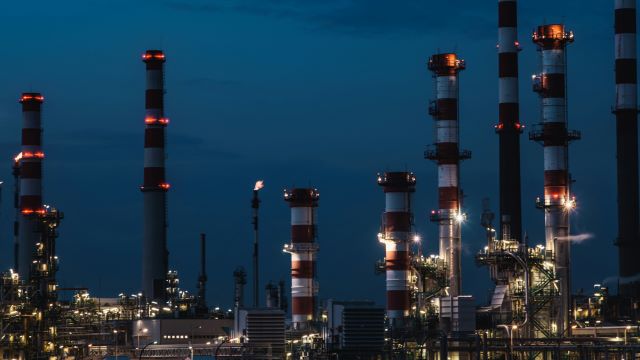In the sunbaked expanses of the Sahara, pipelines stretch across the horizon like metallic veins, channeling the oil and gas that have long sustained Algeria’s economy. For decades, this North African nation has ranked among the world’s significant energy exporters, its fortunes tied closely to the ebb and flow of global petroleum markets. Now, amid mounting environmental pressures and volatile prices, Algeria faces the difficult task of charting a future that preserves its energy wealth while adapting to a changing world.
Oil and gas have underpinned the country’s prosperity since the mid-20th century. They account for the majority of export earnings, contribute heavily to government revenue, and form a substantial share of gross domestic product. According to the Organization of the Petroleum Exporting Countries (OPEC), Algeria possesses the 16th-largest proven oil reserves and the 10th-largest natural gas reserves globally. Sonatrach, the state-owned energy giant, remains the dominant force in exploration, production, and export.
Yet behind the headline figures lies an industry confronting structural strain. Much of its infrastructure—pipelines, refineries, and extraction facilities—dates back decades, and the need for modernization grows more pressing each year. Aging systems mean reduced efficiency, greater maintenance costs, and heightened vulnerability to disruption.
Price instability compounds these pressures. The sharp downturns of recent years have underscored Algeria’s reliance on hydrocarbons, with revenue swings sending ripples through the broader economy. At the same time, international climate accords and a rapid pivot toward renewables challenge the long-term viability of fossil fuel dependence.
Investment, too, has proved a complicated prospect. While Algeria’s resources are abundant, its regulatory framework has historically discouraged foreign capital. Complex bureaucracy, policy uncertainty, and political fluctuations have left potential investors wary, slowing the pace of technological and operational upgrades.
In response, the government has set out a multi-pronged strategy aimed at both securing current production and preparing for a more diversified energy future. Renewable power—particularly solar—features prominently. With vast, sun-drenched desert regions, Algeria has the potential to become a major player in solar energy, offsetting domestic demand and freeing more hydrocarbons for export.
Modernization is another pillar. Officials are seeking partnerships with international firms to bring advanced drilling, refining, and monitoring technologies into the sector. Parallel to these efforts are regulatory reforms designed to streamline processes, improve transparency, and offer incentives that might draw long-term investors back to Algerian projects.
Efficiency measures are also under way, targeting both industry and domestic consumption. Reducing energy waste at home could increase export capacity, while broadening engagement in international markets aims to solidify Algeria’s position as a reliable, forward-looking supplier.
For a nation whose economic identity has been intertwined with oil and gas for generations, the stakes are high. The path forward will demand delicate balancing—between modernization and tradition, between fossil fuels and renewables, between immediate revenue needs and environmental commitments. How Algeria manages this transition may determine not only the resilience of its energy sector but also the stability of its broader economy in the decades to come.
Sources:
- Organization of the Petroleum Exporting Countries (OPEC). Annual Statistical Bulletin 2024.
- International Energy Agency (IEA). Algeria Energy Profile. Paris: IEA, 2023.
- Belkaid, Akram. “Algeria’s Oil Economy at a Turning Point.” Le Monde diplomatique, February 2024.
- Sonatrach. Annual Report 2023.

